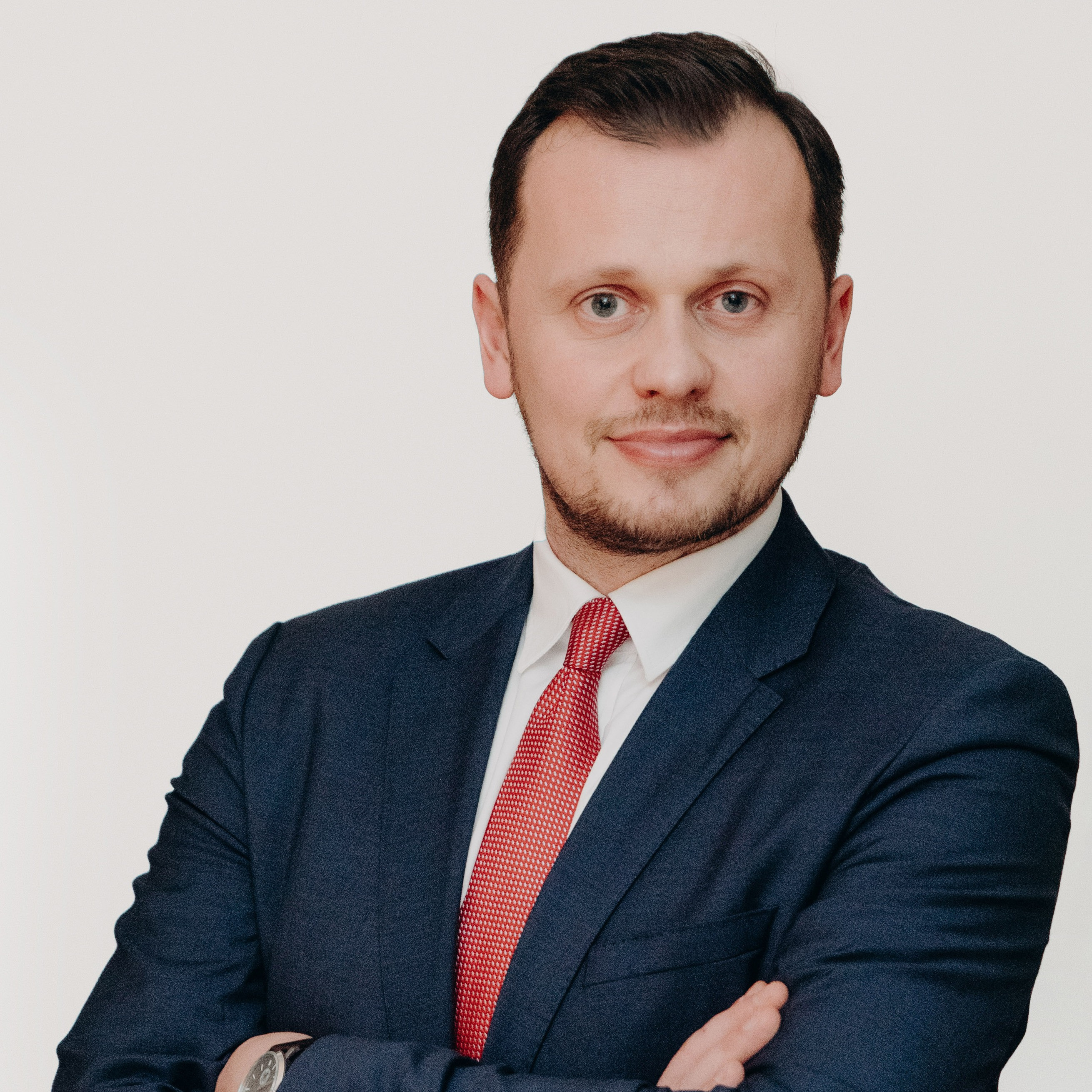
Siemens Energy
Polje Istraživanja: Artificial intelligence Robotics (Computer science) Military policy Security policy
This paper treats the problem of 3D outdoor environment mapping using images acquired by Unmanned Aerial Vehicle (UAV). The main focus is on the generation of 3D model for large scale environments. In order to perform 3D model reconstruction and mapping from 2D aerial images we employed a Structure from Motion (SfM) based approach. The obtained results using this approach for different scenarios, the rubble field and village, are presented. The generated UAV 3D point cloud data are compared with the ground truth using the least square method, where the ground truth represents a reference model with high accuracy geodetic precision. The comparison of the 3D environment models with the rubble field and village scenarios and the ground truth data is also given.
The paper proposes a novel framework for registering and segmenting 3D point clouds of large-scale natural terrain and complex environments coming from a multisensor heterogeneous robotics system, consisting of unmanned aerial and ground vehicles. This framework involves data acquisition and pre-processing, 3D heterogeneous registration and integrated multi-sensor based segmentation modules. The first module provides robust and accurate homogeneous registrations of 3D environmental models based on sensors’ measurements acquired from the ground (UGV) and aerial (UAV) robots. For 3D UGV registration, we proposed a novel local minima escape ICP (LME-ICP) method, which is based on the well known iterative closest point (ICP) algorithm extending it by the introduction of our local minima estimation and local minima escape mechanisms. It did not require any prior known pose estimation information acquired from sensing systems like odometry, global positioning system (GPS), or inertial measurement units (IMU). The 3D UAV registration has been performed using the Structure from Motion (SfM) approach. In order to improve and speed up the process of outliers removal for large-scale outdoor environments, we introduced the Fast Cluster Statistical Outlier Removal (FCSOR) method. This method was used to filter out the noise and to downsample the input data, which will spare computational and memory resources for further processing steps. Then, we co-registered a point cloud acquired from a laser ranger (UGV) and a point cloud generated from images (UAV) generated by the SfM method. The 3D heterogeneous module consists of a semi-automated 3D scan registration system, developed with the aim to overcome the shortcomings of the existing fully automated 3D registration approaches. This semi-automated registration system is based on the novel Scale Invariant Registration Method (SIRM). The SIRM provides the initial scaling between two heterogenous point clouds and provides an adaptive mechanism for tuning the mean scale, based on the difference between two consecutive estimated point clouds’ alignment error values. Once aligned, the resulting homogeneous ground-aerial point cloud is further processed by a segmentation module. For this purpose, we have proposed a system for integrated multi-sensor based segmentation of 3D point clouds. This system followed a two steps sequence: ground-object segmentation and color-based region-growing segmentation. The experimental validation of the proposed 3D heterogeneous registration and integrated segmentation framework was performed on large-scale datasets representing unstructured outdoor environments, demonstrating the potential and benefits of the proposed semi-automated 3D registration system in real-world environments.
<p style="margin: 0cm 0cm 0pt;"> </p><p class="Abstract">This article considers the development of a system to enable the in-flight-launch of one aerial system by another. The article discusses how an optimal release mechanism was developed taking into account the aerodynamics of one specific mothership and child Unmanned Aerial Vehicle (UAV). Furthermore, it discusses the PID-based control concept that was introduced in order to autonomously stabilise the child UAV after being released from the mothership UAV. Finally, the article demonstrates how the concept of a mothership and child UAV combination could be taken advantage of in the context of a search and rescue operation.</p><p style="margin: 0cm 0cm 0pt;"><span lang="EN-US"><span style="font-family: Calibri; font-size: small;"><br /></span></span></p>
This paper addresses the problem of 3D registration of outdoor environments combining heterogeneous datasets acquired from unmanned aerial (UAV) and ground (UGV) vehicles. In order to solve this problem, we introduced a novel Scale Invariant Registration Method (SIRM) for semi-automated registration of 3D point clouds. The method is capable of coping with an arbitrary scale difference between the point clouds, without any information about their initial position and orientation. Furthermore, the SIRM does not require having a good initial overlap between two heterogeneous datasets. Our method strikes an elegant balance between the existing fully automated 3D registration systems (which often fail in the case of heterogeneous datasets and harsh outdoor environments) and fully manual registration approaches (which are labour-intensive). The experimental validation of the proposed 3D heterogeneous registration system was performed on large-scale datasets representing unstructured and harsh outdoor environments, demonstrating the potential and benefits of the proposed 3D registration system in real-world environments.
During the Humanitarian-demining actions, teleoperation of sensors or multi-sensor heads can enhance-detection process by allowing more precise scanning, which is use-ful for the optimization of the signal processing algorithms. This chapter summarizes the technologies and experiences developed during 16 years through national and/or European-funded projects, illustrated by some contributions of our own laboratory, located at the Royal Military Academy of Brussels, focusing on the detection of unex-ploded devices and the implementation of mobile robotics systems on minefields.
Ova stranica koristi kolačiće da bi vam pružila najbolje iskustvo
Saznaj više